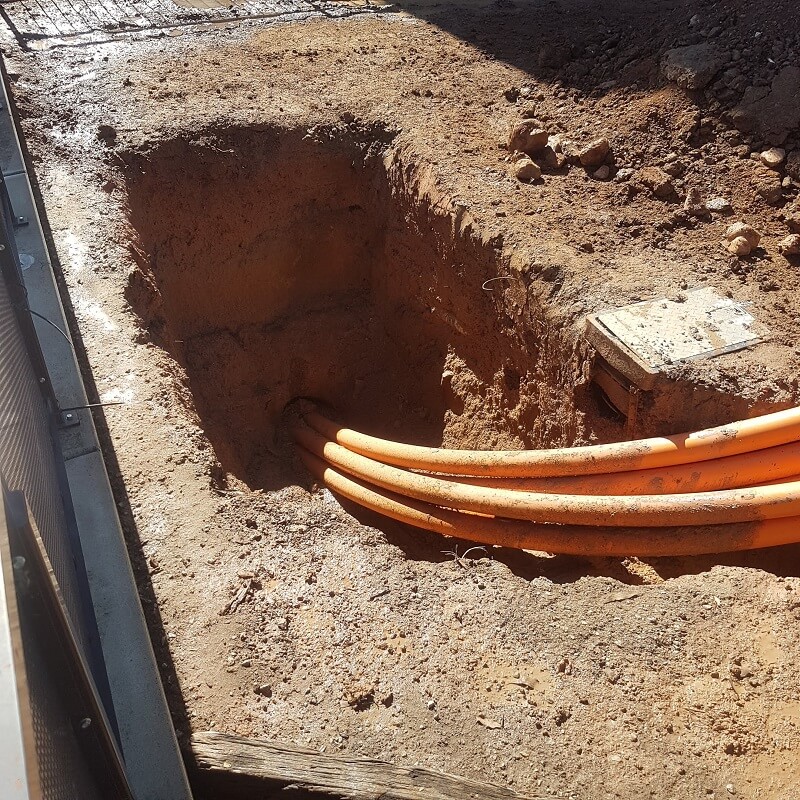In an era where construction must develop to meet the needs of urban growth and environmental considerations, conventional drilling techniques often fall short. When it comes to construction projects that require precision and minimal disruption, directional drilling emerges as a revolutionary approach. This groundbreaking method allows for drilling at an incline or along a curved path, allowing operators to maneuver around barriers and access inaccessible areas.
For individuals new to the industry, comprehending what directional drilling entails is crucial. From its evolution in techniques to its various applications across industries, such as oil and gas, infrastructure setup, and renewable energy, directional drilling is transforming how we approach complex projects. With benefits that include less ground disturbance, time efficiency, and eco-friendly benefits, it's clear that when straight isn't enough, the ability to drill with purpose opens up a new realm of options.
Understanding Horizontal Boring
Horizontal drilling is a method used to drill wells at various angles rather than just vertically. This approach allows drillers to reach non-traditional oil and gas reserves that are located beneath barriers such as buildings, streams, and ecological protection areas without disrupting the surface. By changing the angle of the drilling path, directional boring enables access to materials that would not be difficult or unfeasible to reach using classic vertical boring techniques.
The process starts with precise planning, where professionals determine the optimal drilling path based on geological and commodity locations. Advanced technology such as subsurface motors and turning steerable systems helps to manage the path of the drilling bit while drilling. This accuracy is vital, especially in urban environments where drilling must steer clear of existing infrastructure and minimize surface interference.
Understanding the mechanics of inclined boring also involves familiarizing oneself with the types of drilling fluids utilized and surveillance systems that track the hole's progress. These components are essential for ensuring that the bore maintains the proper trajectory and for dealing with challenges that may occur during the boring process, such as altering soil factors or encountering unexpected geological structures.
Benefits of Directional Drilling
Directional drilling offers many advantages over conventional drilling methods, making it a preferred choice for various sectors. One of the main benefits is its ability to access locations that are not easily accessible from the top. By using advanced technology, horizontal drilling can maneuver around obstacles and drill at various angles, allowing for optimal resource gathering and utility installation. This flexibility significantly boosts project feasibility in difficult environments, making projects much more efficient.

Another important advantage of horizontal drilling is the minimization in surface impact. Unlike conventional vertical drilling, which requires large-scale land clearing and may impact the surface considerably, directional and horizontal drilling techniques limits the impact of drilling. This is particularly important in city areas where keeping surface condition is essential. By drilling horizontally or at Directional Drilling Dublin Ireland , companies can install pipelines, or additional utilities without the requirement for massive excavation sites, thus maintaining the surrounding landscape and reducing environmental effects.
Cost efficiency is yet another compelling benefit of directional drilling. While the initial expenses might be greater due to advanced tools and technology, the long-term savings are significant. Horizontal drilling often lead to reduced project durations and diminished labor costs, making them financially sound. Additionally, the reduced ecological and surface impact can decrease the costs associated with remediation and restoration actions, making directional and horizontal drilling a prudent investment for building and utility projects.
Prospects of Horizontal Borehole Drilling
The future of horizontal drilling is poised for significant advancements driven by tech advancements. As the field embraces artificial intelligence and automation, the accuracy and efficiency of drilling processes are set to improve. Directional Drilling Northern Ireland can analyze vast amounts of information to predict ideal borehole paths and foresee challenges in the moment, allowing for greater accuracy and economical operations. This evolution not only enhances project schedules but also minimizes hazards associated with traditional borehole methods.
In addition to AI, the combination of sophisticated monitoring devices and programs is transforming how directional drilling is performed. Such technologies enable continuous surveillance and observing of drill paths, making it more manageable for engineers to modify drilling strategies on the go. Improved telemetry systems provide instant feedback, ensuring that operators can respond to issues as they arise, ultimately leading to greater success rates and smoother task execution. As these innovations become more widespread, they will enable companies to address more complex and demanding drilling scenarios.
Additionally, the growing focus on sustainable infrastructure is expected to influence the future of horizontal drilling significantly. With ecological issues at the center, the field is exploring greener drilling fluids and methods that lessen the environmental impact. Directional drilling is already recognized for its ability to minimize surface interference, but subsequent developments will likely promote even greener practices. This conformity with eco-friendly goals will not only enhance the reputation of the field but also create new opportunities in sectors such as renewable energy, where efficient borehole solutions are crucial.
